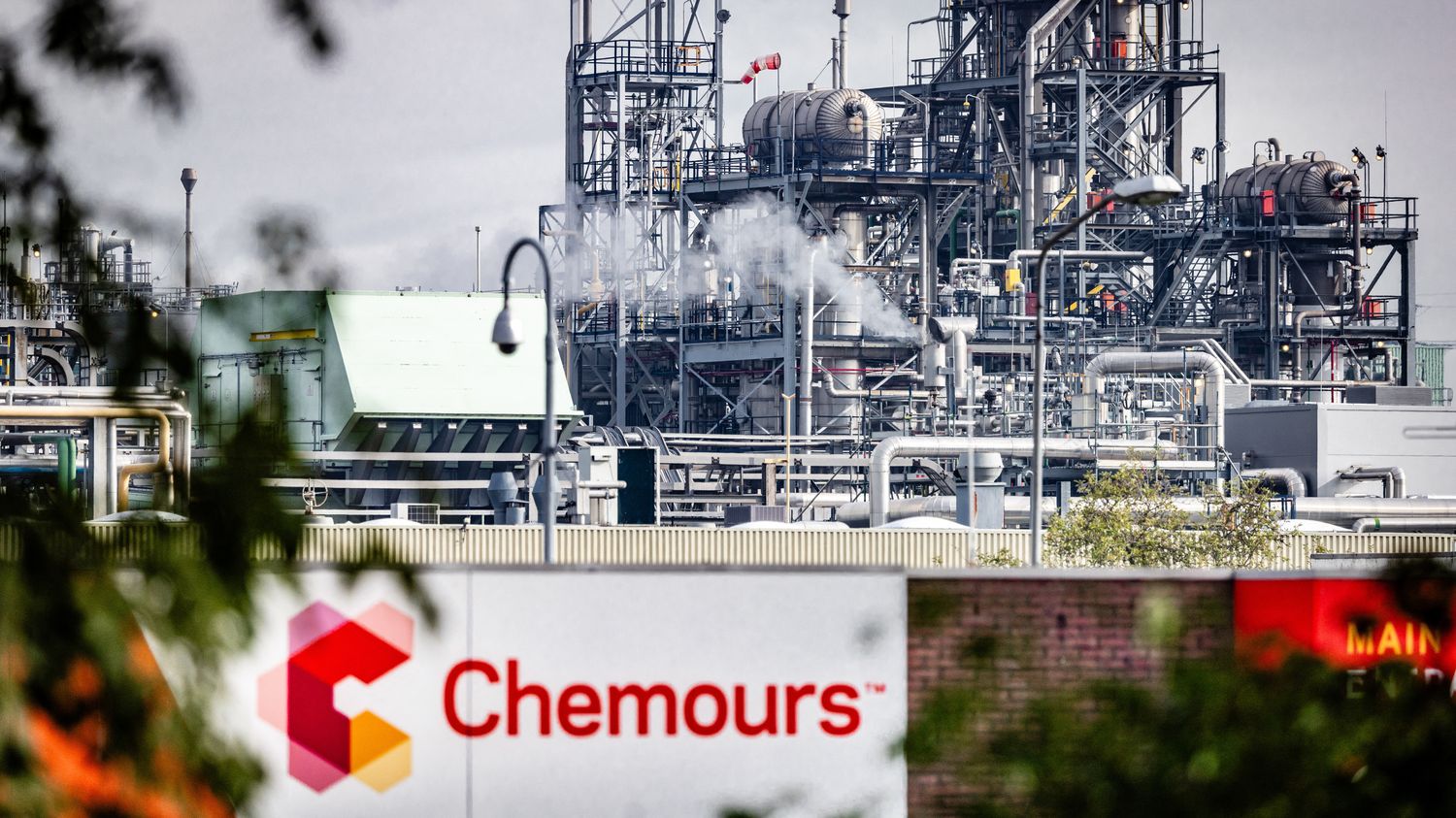These molecules, which a proposed law aims to ban, are present in many products and very polluting, but nevertheless remain largely unknown.

Published
Reading time: 3 min

They are in our clothes, our cosmetics, our kitchen utensils, food packaging. PFAS, resistant chemicals, are everywhere. An environmentalist bill, examined on Wednesday March 27 in committee at the National Assembly before being presented to deputies on April 4, aims to ban PFAS gradually from 2025. These molecules are widely used by the chemical industry .
Nicknamed “eternal pollutants”, they are very resistant, have carcinogenic effects and are endocrine disruptors. However, they remain little known to the general public, including by residents living near factories that discharge PFAS into the water, such as in Villers-Saint-Paul in the Oise. The chimneys and vats of the Arkema or Chemours factories dominate the banks of the Oise where Christine walks every day. She has never heard of the PFAS being dumped into the river just steps from her home, without worrying about the location of her house. “It may not be the ideal place, but are there really ideal places? I don’t know.” philosopher Christine.
Like her, many residents of Villers-Saint-Paul are unaware of the existence of these eternal pollutants. The town is however considered one of the “hot spots” of this pollution in France. Gérard Weyn, mayor for 35 years, recently discovered the subject: “It came across me at the end of February 2023, following an article in Le Monde, remembers the mayor. I see Villers-Saint-Paul and my pride is a little gone. This is where I discovered PFAS for the first time in my life. No one talked about it, to my great surprise, because we communicated, with the means we had, and no one asked me questions about PFAS.”
Very high levels of PFAS according to new analyzes
The elected official continues his work to raise awareness among his constituents, as does Générations futures, at the forefront of this issue. On March 14, the NGO published new analyzes of the water in the Oise. “We noticed this January 2024 that we had levels of PFAS in the Oise river more than three times higher than what we had measured last year, explains the director of Générations futures, François Veillerette. We know that there is variability in PFAS releases. We probably reached a day where we were more in a high than in a low.“
“We see that today industrial practices have not changed radically.”
François Veillerette, director of the NGO Générations futuresat franceinfo
The concern is to see these releases increase, with the extension of the Chemours factory in Villers-Saint-Paul, validated in mid-March by the State. “There, that poses a real problem, underlines François Veillerette of Générations futures. Moreover, the regional environmental authority says today that we should definitely not increase releases into the environment. However, there is nothing to guarantee that an extension will not lead us to the opposite situation, that is to say an increase in discharges which pollute the water of the river.he is alarmed.
For its part, Chemours claims to have already reduced its waste by 92% and is increasing its reduction target to 99% after the expansion of its site.
